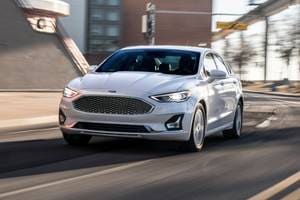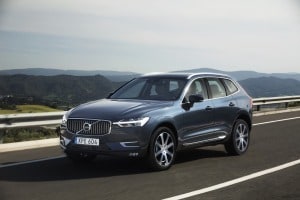Honda Wakes Up

There is a piece in this week's Automotive News headlined "Honda's Fuel-Efficiency Goal: No. 1.". It caught my eye because I had been talking with reporters last week about how I thought it is strange that Honda had allowed other car companies to establish market credibility with technologies designed to improve the efficiency of the internal-combustion engine.
It's strange because Honda's history in the United States is rich with examples of engine technologies that featured innovative approaches to improving emissions and fuel economy. Perhaps the best example is the CVCC engine, a "lean burn" 4-cylinder that was able to meet tough (for the time) emissions regulations without a catalytic converter.
Honda also pointedly eschewed the last decade's trend toward V8s and even larger engines, maxing out with 6-cylinder powerplants.
All this gave Honda an authentic base from which to launch a new generation of high-performance, high-compression, direct-injected, variable valve-timed, high-efficiency engines. But for whatever reason, Honda has left the field open for Ford's EcoBoost, Mazda's Skyactiv and other packages to step in.
It seems there is still life in the internal-combustion engine. Engineers I've talked with vary in their estimates, but there looks to be at least another 30% improvement in efficiency available, with solutions that only involve a modest increase in cost. This is significant because despite all the attention paid to electric vehicles and hybrid-electrics, the real action is elsewhere. Vehicles that offer the comfort, space, safety and performance that consumers are used to, with real improvements in efficiency — all at roughly the same cost consumers are paying today — currently are selling well.
Honda established leadership with high-efficiency engine designs decades ago. It is nice to see it is getting back in the race.
Jeremy Anwyl: Vice Chairman of Edmunds.com. Follow @JeremyAnwyl on Twitter.





